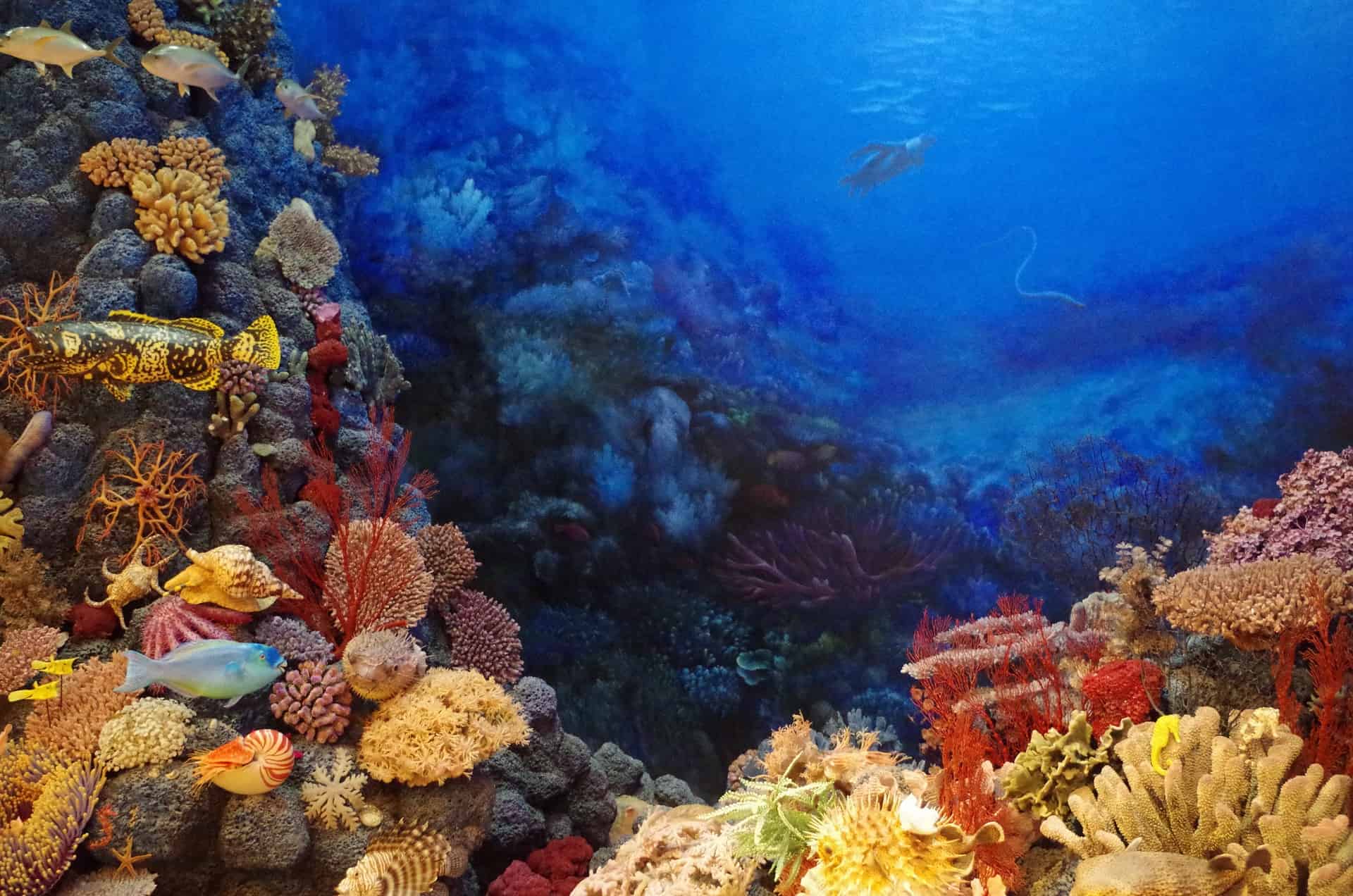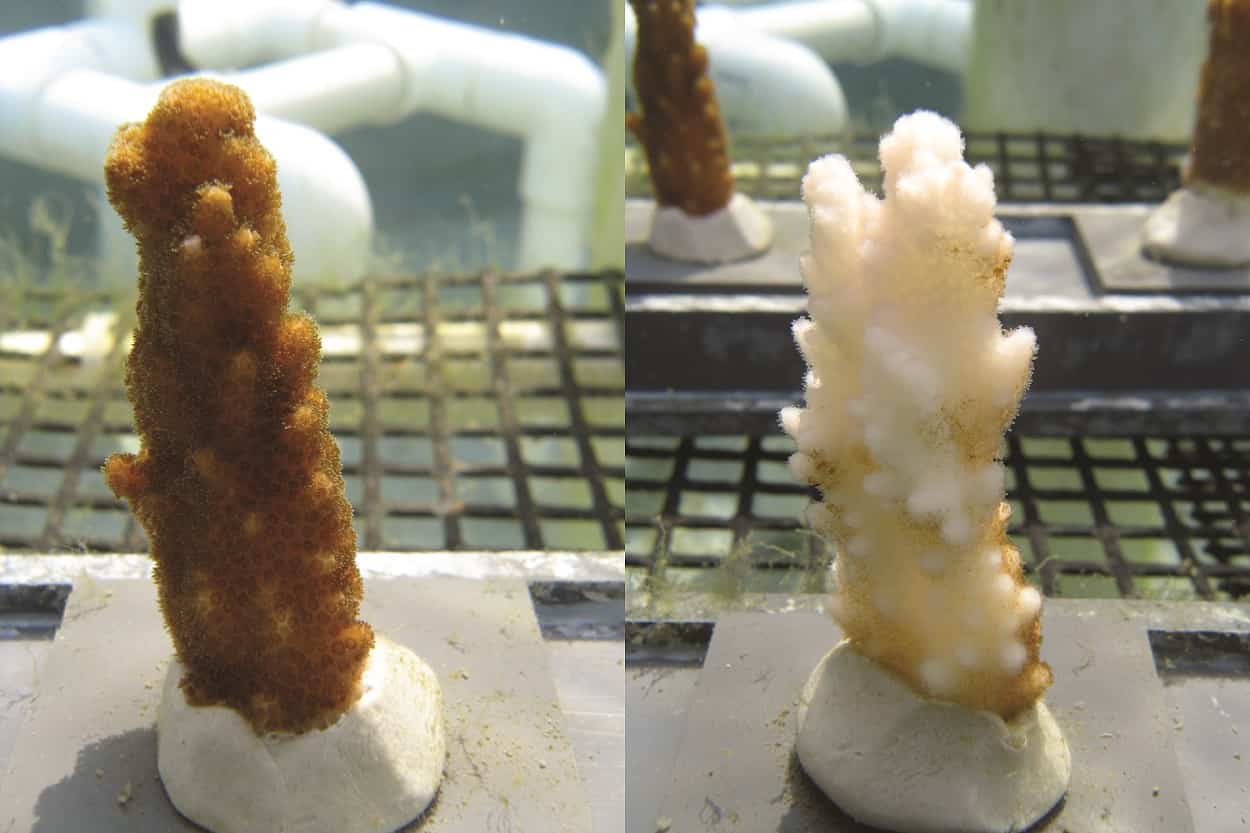
In the face of climate change and rising ocean temperatures, coral reefs face unprecedented challenges. These reefs, often called the “rainforests of the sea,” are stunning natural wonders and vital ecosystems supporting a wide range of marine life.
At the heart of coral’s survival lies a complex partnership with symbiotic algae, commonly known as dinoflagellates. This union is essential for their resilience against warmer waters.
However, recent research led by Penn State has dived into an interesting question: while some corals can withstand severe marine heatwaves through these symbiotic partnerships, does this survival come at a cost?
Corals: much more resilient to climate change than previously thought
For years, scientists believed that corals must make a tradeoff when they rely on these symbiotic algae for thermal tolerance. The assumption was that such corals might experience reduced growth or face other challenges. Yet, the study challenges this notion.
The research indicates that certain coral species can handle higher temperatures with the help of thermally tolerant algae without sacrificing growth or reproductive success. This finding allows these specific coral-symbiont partnerships to become prevalent in future reef ecosystems altered by climate change.
“While reefs of the future may not look pretty — with low diversity and greatly diminished ecosystem services — the resilient animals left behind will likely continue to provide food and habitat for other animals, and some reef growth to the ecosystems they’ve created,” said Todd LaJeunesse, professor of biology, Penn State
Coral reefs are built by colonies of tiny polyps that harbor dinoflagellates. These symbionts are crucial in providing nutrients to the corals and aiding in their tolerance to temperature stress. When the water becomes too warm, some symbiont species perish, triggering a chain reaction that leads to the death of their coral hosts. The consequences are far-reaching, affecting fisheries, tourism, and the invaluable ecosystem services that coral reefs provide, such as acting as natural buffers against hurricanes.
One crucial observation that hinted at the importance of symbiont species occurred during the 1997-1998 El Niño event in the Eastern Pacific Ocean. During this period of extreme heat, corals hosting the symbiont Durusdinium glynnii survived, while those hosting Cladocopium latusorum perished. This disparity in survival prompted researchers to investigate whether hosting thermally resistant symbionts came with hidden costs.

“Clearly,” said Mark Warner, professor of marine science and policy, University of Delaware, “corals that associated with D. glynnii were at an advantage during that extreme heat event, but does hosting these temperature-resistant symbionts come at a cost?”
“Previous research has suggested that the costs of thermal tolerance manifest as reduced nutrient translocation from symbiont to host and significant negative physiological tradeoffs, such as reduced growth and reproductive success. We wanted to know if a similar tradeoff could occur in corals and whether this could affect the fate of coral reef ecosystems.”
The study’s lead author, Kira Turnham, and her team set out to examine the tradeoffs in thermally tolerant coral-symbiont partnerships. They focused on Pocillopora corals that hosted either D. glynnii or C. latusorum symbionts, common relations throughout the Indian and Pacific oceans. The researchers measured various indicators of coral health, including skeletal growth, total mass increase, calcification rates, reproductive output, and response to thermal stress.
“This study highlights the contextual importance and incredible biology of coral symbioses,” Turnham said. “By investigating the coevolutionary history of the symbioses, providing a contextual lens and using improved symbiont species recognition, we can make more meaningful predictions about the persistence of corals as oceans continually warm from climate change.”
Surprisingly, corals with D. glynnii symbionts displayed no noticeable tradeoffs in growth and reproduction compared to their temperature-sensitive counterparts. These corals struck a unique balance, tolerating higher temperatures without compromising their health.
The research highlighted that the differences in performance between the partnerships were evident only during experimental heating, underlining the remarkable ability of D. glynnii to endure higher temperatures and confer heat tolerance to their coral hosts.
While these findings offer hope for the survival of certain coral reefs in a warmer world, the researchers caution that this survival may come with a caveat. As climate change continues, coral reefs dominated by these warm-adapted partnerships could look less diverse and offer fewer ecosystem services. Nevertheless, the remaining resilient corals may still provide crucial food and habitat for other marine creatures, ensuring the continuity of reef growth in the ecosystems they support.









